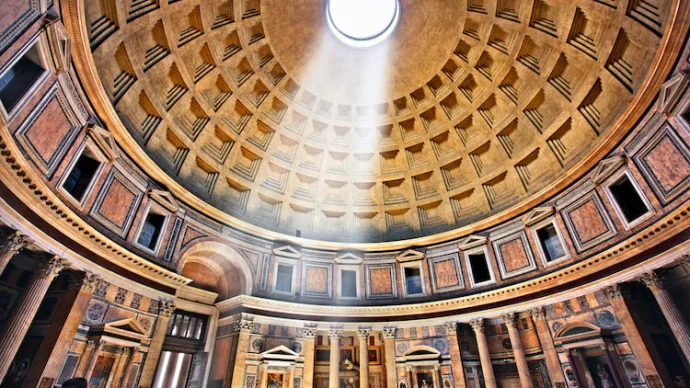
About Aizanoi
Aizanoi is a Turkish archaeological site housing mostly Roman remains from this ancient city’s peak in the second and third centuries AD.
Amongst its ruins, Aizanoi has five ancient and still used bridges, two Turkish-style baths, column-lined promenades, a stadium, a gymnasium, a theatre and its great Temple of Zeus.
History of Aizanoi
Aizanoi was an Ancient Greek city in western Anatolia. Located astride the River Penkalas, some 1000m above sea level, the city was an important political and economic centre in Roman times.
Settlement in the area is known from the Bronze Age. It changed hands between the Kingdoms of Pergamum and Bithynia, finally being bequeathed to Rome in 133 BC. Aizanoi’s monumental buildings date from the early Empire to the 3rd century.
Aizanoi became a Christian bishopric, with its bishop, Pisticus, being a participant at the First Countil of Nicaea in 325. The former city is no longer a bishopric, and is today listed by the Catholic Church as a titular see.
After the 7th century, Aizanoi fell into decline. Later, during Seljuk times, the temple hill was repurposed as a citadel.
The ruins of the city were discovered in 1824 by European travellers. Survey work in the 1830s and 40s was followed by thorough and systematic excavation conducted by the German Archaeological Institute from 1926.
This excavation was resumed in 1970, and is still ongoing, with archaeologists in January 2021 announcing that they have discovered a cache of 2,100-year-old Roman coins in a jug buried near a stream.
In 2012, the site was submitted for inscription on the UNESCO World Heritage List.
Aizanoi Today
Today, visitors can see the Temple of Zeus, which is situated prominently on a hill and was the city’s main sanctuary. Construction of the temple began under Emperor Domitian.
A theatre and stadium are built adjacent to each other, with their being combined into one complex being a feature that is unique in the ancient world.
There are also two baths – or ‘thermae’ – one which includes a palaestra and marble furnishings, and the other which contains a mosaic depicting a satyr and a maenad.
The remains of Aizanoi’s market, which features a circular macellum, is famed for being the first recorded place in the world where inflation was calculated. Recent excavations have also revealed the existence of a stoa, or covered walkway, and a large necropolis includes examples of door-shaped Phrygian tombstones.
In 2012 the site was submitted for inscription on the UNESCO World Heritage List.
Getting to Aizanoi
Though Aizanoi is well off the tourist beaten track, locals are friendly and happy to guide interested travellers round all of the historic sites of the historic site.
From the nearby city of Kutahya, Aizanoi is reachable in around 45 minutes by car along the Kütahya Uşak Yolu/D240.
Driving from Istanbul to Kutahya takes around 4 hours and 15 minutes, primarily along the Bursa Eskişehir Yolu/D200/E90.
Featured In

Roman Temples
Discover incredible Roman temples you can still visit today, from Baalbek to the Pantheon and more, includes an interactive map of surviving temples from ancient rome.




















